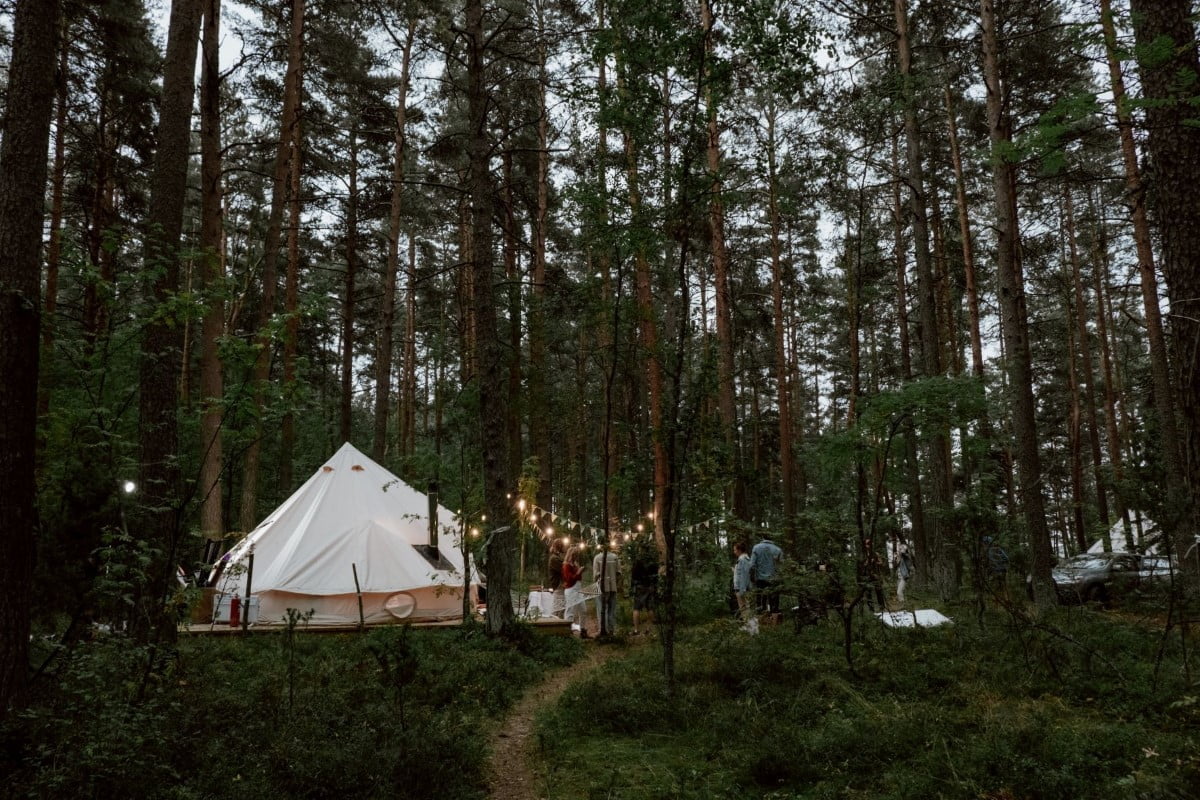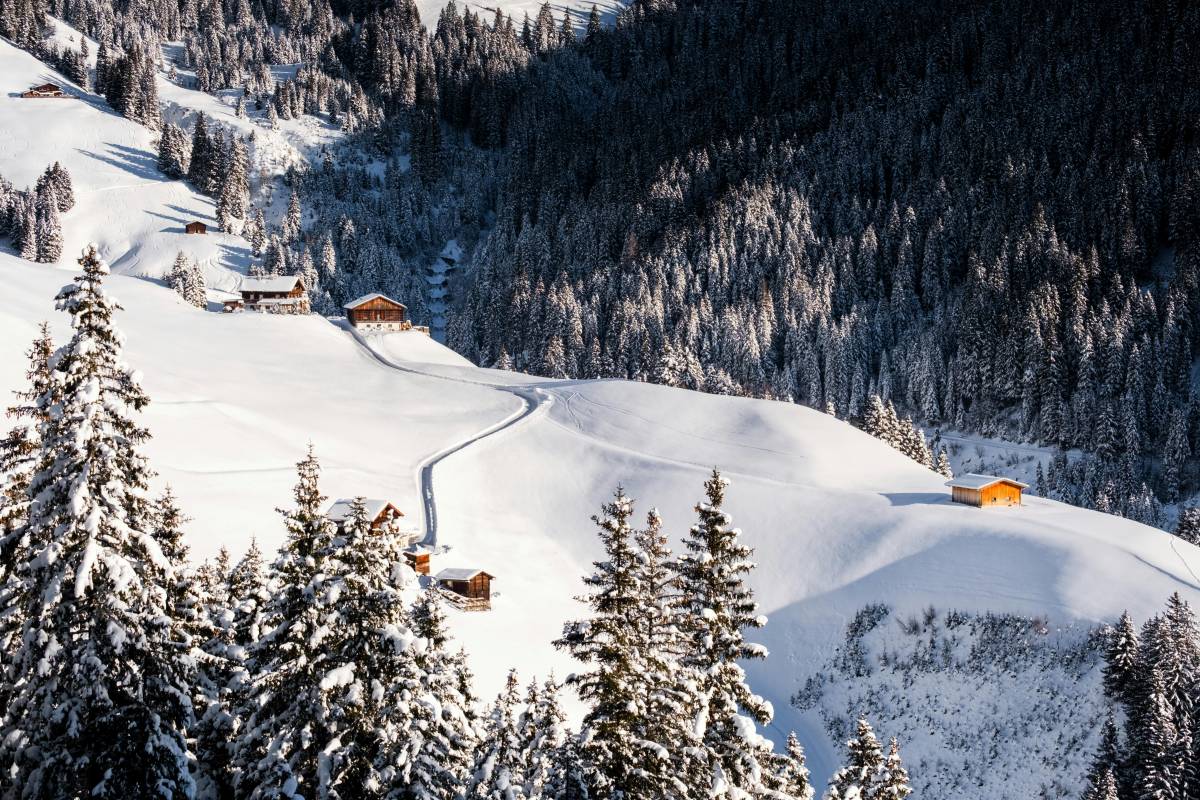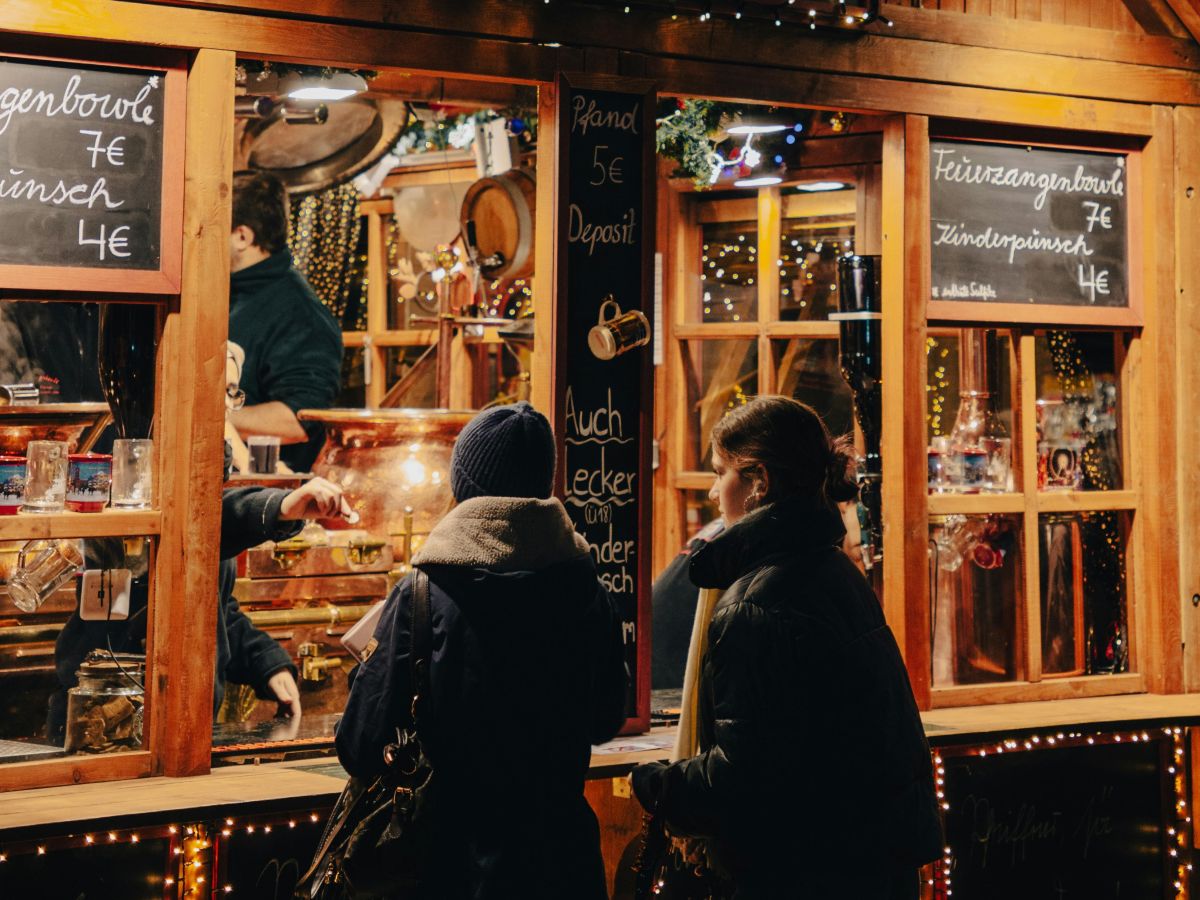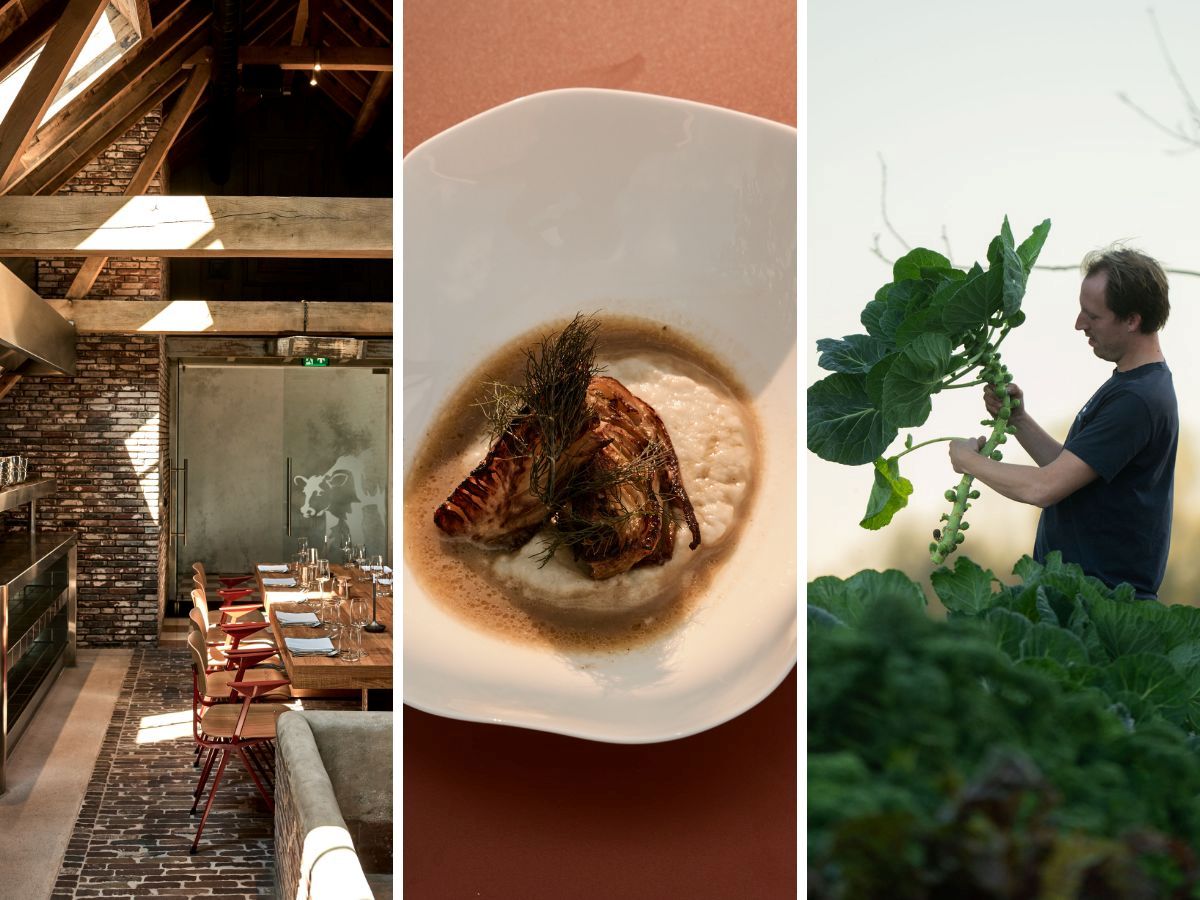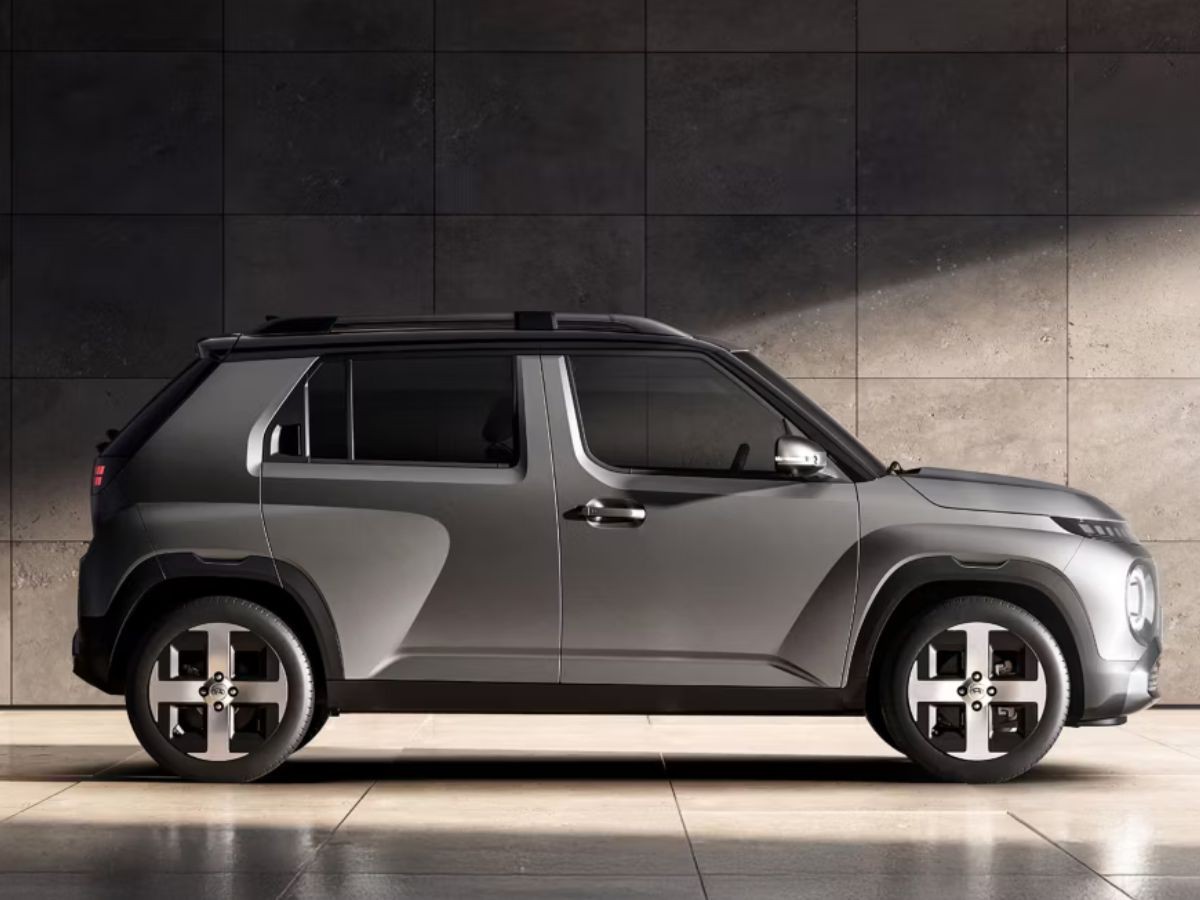Are you busy making your next holiday plans? And have you decided on sustainable camping? Then you're on a roll! But what exactly is a sustainable campsite? And how do you find one?
Sustainable camping
I am a big fan of sustainable camping. You often end up at small and local campsites, where I really feel like I'm in the middle of nature. Whether in a forest, by a lake or on a farm. I feel myself at one with nature. Another big advantage of a sustainable campsite for me is that you often have quicker contact with the locals and the campsite owners can often tell you a lot more about the area.
Sustainable camping on a green campsite
Sustainable camping is camping in a conscious way. For example, you consciously choose sustainable or second-hand camping equipment, such as a borrowed camper or caravan or a second-hand tent. You take the consumption of your means of transport into account and look for a sustainable campsite. When you go camping sustainably, you often choose a smaller campsite which means you are soon more in touch with nature. Sustainable camping can also mean travelling less far and finding a sustainable campsite in the Netherlands.
Isn't camping always sustainable?
Camping is already a relatively sustainable way to travel, it is certainly much more sustainable than a flight holiday and often more sustainable than (luxury) holiday parks and resorts in Europe. Yet there are still many things you can consider to make your camping holiday even more sustainable. For instance, it is better to go on holiday in a tent or folding trailer, as this causes fewer CO2 emissions during the trip compared to a camper van or caravan. It's also good to know that extra luggage attached to the car, such as a roof box or bicycles, makes the car journey more taxing by about 20%. But of course, you can also choose a campsite more sustainably!
How to find a sustainable campsite?
Where will you pitch that tent? That too will determine how sustainable or impactful your holiday is. You can often read on a campsite's website what they are doing to be greener. Do they separate their waste, do they have a shop with local products, do they use solar panels and do they have water-saving showers? If a campsite is green, you can often find this out on its website.
Small (nature) campsites are often greener than the big campsites with five swimming pools, an indoor playground and some big restaurants. Still want a campsite where you can cool down on hot summer days? Choose a small campsite by a river or lake. That way you can still have fun in the water and cool off on hot days.
- Campspace: a relatively new camping platform that lets you visit small campsites or people's gardens. In the Netherlands, Campspace is already quite big, in other European countries it is gaining momentum. See more on Campspace.
- Nature campsites: often quiet campsites where you have the ultimate feeling of being in the middle of nature. You can find campsites at naturecamping.nl.
- Pole camping: As an alternative to wild camping (because that is prohibited), you have several locations where you can pole camp. Pole camping means you can camp at specially designated locations as long as you are within the designated number of metres of the pole.
- Wild camping: camping in the middle of nature, just you and your tent, no luxury facilities. Beware though, you are by no means allowed to wildcamp everywhere. Many countries have strict rules for this. In Scandinavian countries, wild camping is a lot easier. In other countries, you may only be allowed to camp above the tree line. Besides the wild camping rules that vary from country to country, there is one rule that applies everywhere: leave your campsite cleaner than how you found it.
- Green Key seal of approval: with this certification you can be sure a campsite is going green.
- Nivon: affordable accommodation In the middle of nature at nature friends' houses, on camping sites and in cottages. For nature experience, encounters, travel, development, culture and to enjoy life.


Camping is already a beautiful and more conscious way of holidaying. And yet there's still more you can do to make it even more sustainable!
More sustainable camping tips
- Buy your camping equipment and gear second-hand. In this article, you will read all about second-hand camping equipment, such as a motorhome, caravan or tent.
- See if you can borrow camping gear.
- Need help making a packing list? Find out which camping gear you really need here.
- On holiday, try to watch your sustainable diet, buy local and use up everything.
- Go on hiking and cycling holidays with the tent in your bag. In this article, you will find the best tips for a sustainable walking holiday.
- Use root canvas instead of disposable plastic.
- Going camping by a river? Put your bottle of drink in there to keep it cold.
- Leave the campfire out and put on an extra thick jumper.
- When camping, you need less stuff than you think. Learn all about your perfect packing list for a green camping holiday.
- Leave the roof box and bike rack at home. These cause a surprising amount of CO2 emissions.
- You can also offset emissions from camping holidays. How and where to do this can be found here.
Now you can find a green campsite
Now you know almost everything about sustainable camping, buying or renting second-hand camping equipment, a minimalist packing list and you are the best at finding a sustainable campsite. Go camping close to home, you will find many nice campsites in the Netherlands. If you would rather go abroad, choose the Ardennes, Luxembourg or the German Eifel. Beautiful and so close to home! Now you are ready for your sustainable camping holiday! Do you already know where you are going?
Photo credits: Cottonbro (Pexels), Alexandre Boucher (Pexels), Matheus Bertelli (Pexels), KoolShooters (Pexels).

